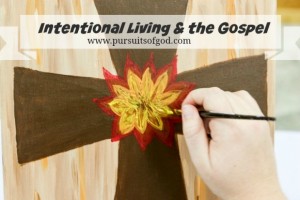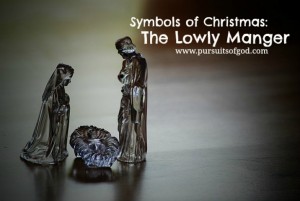Last week we put up our Christmas tree. I love Christmas trees- the decorations, the family time, the excitement and involvement of the children. As the children grow older and grow in understanding, things get better (and tidier!) But like any tradition, it is easy to do it just because it is something we ‘do’. This year, I started questioning where this tradition actually came from and what it has to say about Jesus (if anything?)
A Little History
In an article, “Why Do We Have Christmas Trees” by Edwin and Jennifer Woodruff Tait on ChristianityToday, they explain that the Christmas tree started as a Roman pagan celebration of life during winter, where the Romans would decorate their houses with evergreen boughs (some even planted them in pots) in order to celebrate life during winter. During this time, many Christians were adamantly against this practise.
The Middle Ages brought about a legend that when Jesus was born (supposedly in winter), all the snow from all the trees miraculously fell to celebrate the life that had been born. While this story isn’t true, it is the start of Christians being more open to the idea of trees linked with Christmas. Medieval plays of the nativity also included a ‘Paradise Tree’ symbolising the Garden of Eden. As these plays became banned during the 16th century, people perhaps started putting these trees in their homes as a way of remembering the plays they used to attend. Over time, the fruit decorations from the ‘Paradise Tree’ were replaced with candles and then decorations.
Reclaiming The Tree
In the Bible, there are a number of verses that deal with trees. As I mentioned above, there is the Tree of the Knowledge of Good and Evil in the Garden of Eden (Genesis 2:9). The Garden of Eden also had trees for food and the Tree of Life (Genesis 2:9, Genesis 3:22). A man who delights in God’s Word in Psalm 1:3 is likened to a tree planted by streams of water that produces fruit in season. The man who trusts in the Lord in Jeremiah 17:8 is also like a tree by the streams that does not fear when heat or drought comes because it is planted firmly by its water source. The New Testament also refers to Christians and False Teachers as being known by their fruits (Matthew 7:15-20).
Most specifically though, we think of the tree that Jesus was hung on. Hanging on a tree was a method of punishment by death brought about in the Old Testament. Deuteronomy 21:22-23 says, “And if a man has committed a crime punishable by death and he is put to death, and you hang him on a tree, 23 his body shall not remain all night on the tree, but you shall bury him the same day, for a hanged man is cursed by God. You shall not defile your land that the Lord your God is giving you for an inheritance.” Paul then refers to this passage by saying that Jesus took our curse, “Christ redeemed us from the curse of the law by becoming a curse for us—for it is written, “Cursed is everyone who is hanged on a tree”” (Galatians 3:13).
The Christmas Tree
As David and I put up our Christmas tree with the kids this year, we decided to work towards using our tree as a Jesse Tree, buying and making decorations that symbolise the Jesse Tree verses. A Jesse Tree is a tree that you add decorations to throughout advent as you read verses from the Bible that trace the hand of God throughout the Bible verses that eventually are fulfilled in Jesus. There are lots of Jesse Tree resources on the internet (both Catholic and Protestant), including Ann Voskamp’s blog and related books. To simplify though, I have done up a printable summary of verses and symbols that we are going to incorporate in our family tradition by having each one a focus in our advent calendar drawers.
Our aim as the years go by, is to make the tree about Jesus and the Truth and Life He brings to our family. It is my hope and prayer that our children will not just participate in traditions for the sake of it, but will find meaning as we try to make these traditions focus on Jesus. A great resource that is worth looking at is Treasuring God in Your Traditions by Noel Piper (pdf version available here).
I also found this Paul David Tripp clip really helpful for thinking about Jesus when we consider our Christmas Trees:
[youtube=https://youtu.be/eUClFt1WOko]








